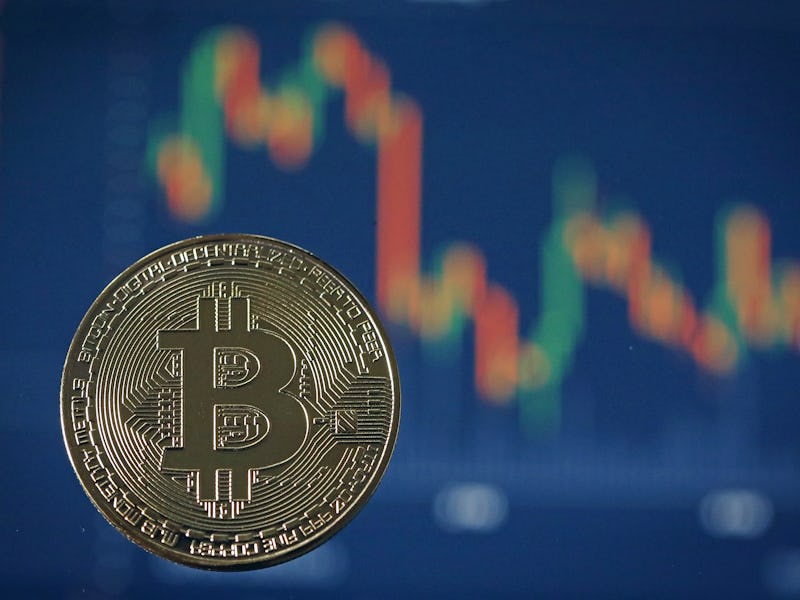What Bitcoin’s “80% Mined” Landmark Means for Cryptocurrency’s Price
The cryptocurrency has hit a major milestone.

Four-fifths of all the bitcoins that will ever exist have already been mined, and it could mean shifts in the cryptocurrency’s price. Because creating bitcoins is supposed to get harder over time, cryptocurrency miners aren’t expected to reach the limit for another 100 years, but previous events show the effect such changes have on the market.
Cryptocurrency tracking site Blockchain.info shows that the amount of total bitcoins in circulation crossed the 16.8 million mark on Saturday, meaning the token is over 80 percent of the way toward reaching the 21 million mark. That’s the maximum number that can ever exist, as outlined in creator Satoshi Nakamoto’s 2008 white paper detailing the cryptocurrency for the first time, with the hard limit designed to create scarcity in the product and reduce inflation.
Miners — computer systems working to solve complex mathematical problems to create new coins — currently receive 12.5 bitcoins every time they mine a block, essentially a ledger page that records the most recent transactions. The bitcoins are an incentive for miners to dedicate resources to powering the network.
Every 210,000 blocks, the reward for mining a block is halved. The network started at 50 bitcoins per block, and on November 28, 2012, this figure halved for the first time to 25 bitcoins. Based on current trajectory, with 1,800 bitcoins created per day, BitcoinBlockHalf predicts the next halving will arrive on June 6, 2020, around two and a half years from now. With the halving system, it is believed that the last bitcoin won’t be mined until the year 2140.
Even before that date, some expect the slowdown of bitcoin mining to shift the price of the cryptocurrency as more people use it.
“A great majority of bitcoiners believe digital scarcity will make bitcoin more valuable over time, and with 16.8 million mined so far it will get harder,” Jamie Redman, a contributor to the news website Bitcoin.com, told the Daily Express.
ASIC Bitcoin Miner at ATechRes in 2013.
Not everyone thinks all scarcity will help bitcoin. Prior to the second bitcoin halving event, in July 2016, analysts believed that the change would have a minimal impact on bitcoin’s price compared to wider trends around adoption, trading and usage.
“I think that, like a stock split, we will see a natural initial devaluation per bitcoin,” Rik Willard, founder and managing director of Agentic Group LLC told CoinDesk. “That said, I expect the price to rise almost to current levels rather more quickly than if it were an actual stock, based on extreme bullishness from the sector.”
This prediction proved fairly accurate. When the event occured, the price of one bitcoin fell by five percent, from $660 to $627. By the end of October, though, the price had reached $711, and bitcoin ended the year edging ever closer to the $1,000 mark.
The major changes that could send Bitcoin’s value soaring may come from other sources. Bitcoin is trading around the $14,000 mark, down from a peak of nearly $20,000 in December. Tom Lee, co-founder and head of research at Fundstrat Global Advisors, told CNBC last week that bitcoin’s price could “easily double” over the coming year. But rather than a rally caused by any future halving events, Lee claimed that bitcoin serving as a replacement for gold could push it higher.
While another halving event may not necessarily hurt bitcoin’s value in the long term, as with the previous event it depends on the circumstances surrounding the change.